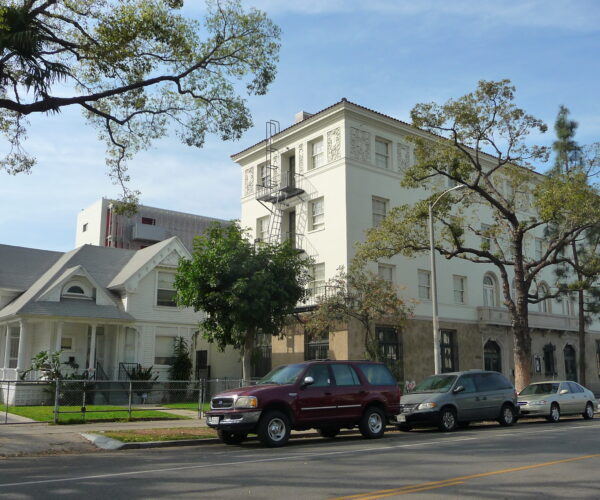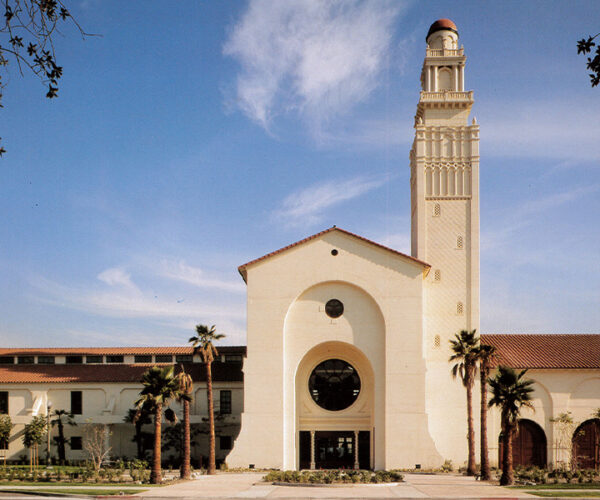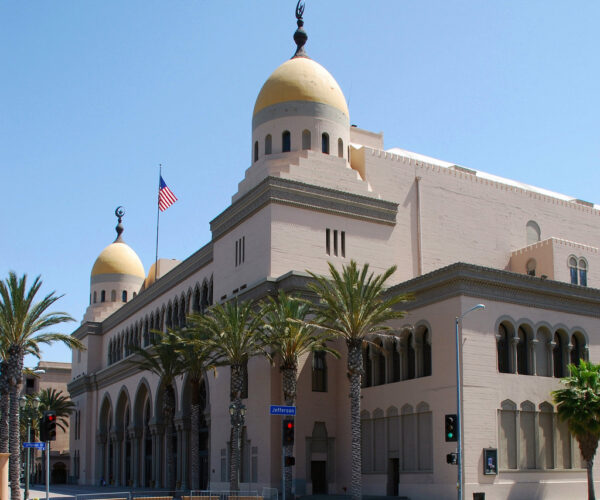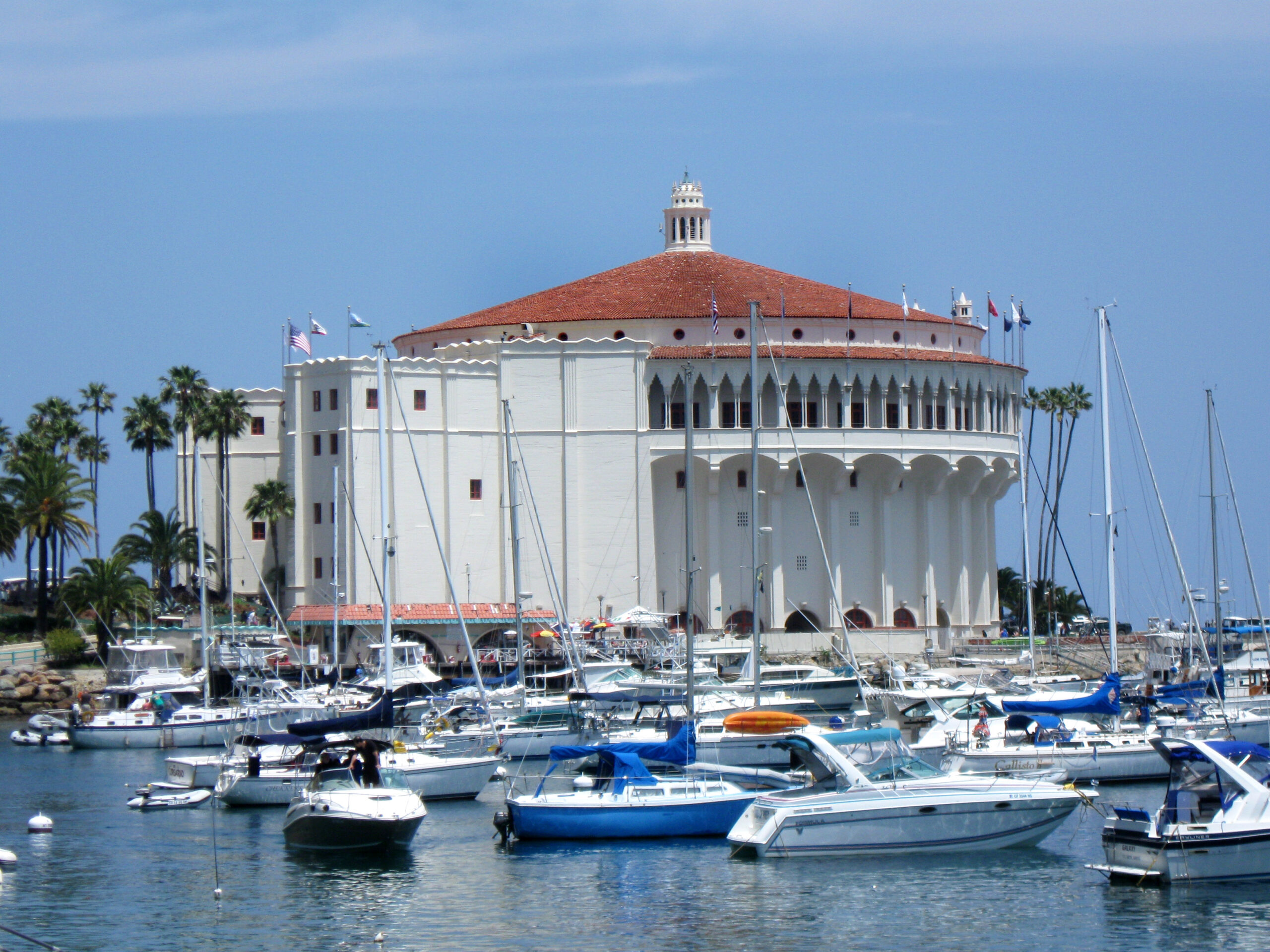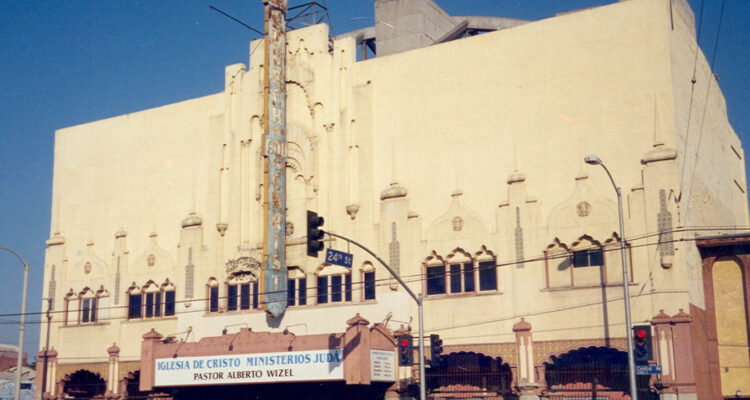
Place
Lincoln Theatre
Opened in 1927, the Lincoln Theatre is the last remaining theatre in Los Angeles that catered specifically to the African American community.
Place Details
Address
Get directions
Architect
Designation
Property Type
Community
Because of the quality and fame of the entertainers, the Lincoln Theatre was sometimes called the “West Coast Apollo” after Harlem’s Apollo Theatre, and in fact they both featured many of the same acts.
The building was designed by architect John Paxton Perrine, who was also responsible for the design of San Diego’s California Theatre (1926), the Roosevelt Theatre in Hawthorne (1926), the Fox Redondo Theatre (1927), and San Bernadino’s California Theatre (1928).
Designed in the Moorish Revival architectural style, the front façade is divided into three symmetrical bays with the marquee above the entrance of the central bay. The façade is marked by decorative ceramic tile above arches in the side bays and columns that are capped by onion-shaped capitals and lance-shaped spires.
Inside, a mural of the theatre’s namesake president rises above its grand staircase. It was a common practice for African-American communities to name theaters after Lincoln in the early twentieth century. With a large stage, an orchestra pit, and seating for 2,100 patrons, the Lincoln Theatre was designed to accommodate live performances and movies. It was the largest theater built along Central Avenue.
In 1961, the theater was acquired by Bishop Samuel Crouch as a place of worship for his expanding congregation. Crouch Temple operated at this site until the 1970s, when the building was converted to a mosque by the Black Muslim community.
Today, the Lincoln Theater is the home of Iglesia de Jesucristo Ministerios Juda, a Spanish-speaking congregation. It was designated a City of Los Angeles Historic-Cultural Monument in March 2003.
